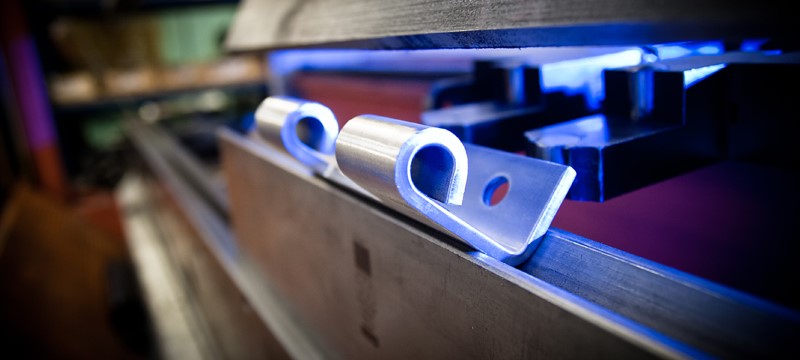Sheet metal prototyping is a key component of vehicle development in the constantly evolving automotive industry. This important stage in the design process helps bridge the gap between concept and production as manufacturers work to strike a balance between efficiency and innovation. Understanding the need for sheet metal prototyping becomes even more pertinent for both industry experts and amateurs, especially in global automotive hubs like China setting the standard for manufacturing technologies.

Accelerated Design Validation and Iteration
For automotive engineers and designers, sheet metal prototyping is a vital tool for quickly validating their ideas. Before committing to full production, teams can find possible fit, form, and function problems by building physical models early in the development process. The automotive industry has transformed with its quick iteration capacity, especially now when speed to market is essential. It is crucial to make quick changes based on prototype input before proceeding to the China Molding and mass production phases of the development cycle since this can save numerous hours and resources later on.
Enhanced Quality Control and Safety Testing
Automobile manufacturers may perform thorough safety testing and quality evaluations using physical prototypes. Sheet metal prototypes undergo structural analysis, crash testing, and aerodynamic assessments. In the global market of today, where automobiles must adhere to various safety regulations in several geographical areas, these tests are very important. Manufacturers can improve their designs to attain the highest safety ratings while preserving functionality and aesthetic appeal by using the information obtained from testing sheet metal prototypes.
Cost-Effective Risk Management
The probability of costly production-related changes is greatly decreased when sheet metal prototyping is used early in the design phase. This strategy has proven especially beneficial in China's automobile industry, where producers have perfected the art of striking a balance between cost-effectiveness and innovation. Businesses may improve their production procedures and reduce material waste by recognizing and resolving possible manufacturing issues during the prototyping stage, which will ultimately result in significant cost savings.
Integration of Advanced Manufacturing Technologies
Sheet metal prototyping has evolved with the integration of cutting-edge technologies like 3D printing, laser cutting, and automated forming processes. These developments allow for more intricate and accurate prototypes that more accurately represent the finished product.
Improved Collaboration and Communication
Throughout the automotive development process, physical prototypes are an effective means of communication for various stakeholders. The prototype allows engineers, designers, manufacturers, and executives to engage, which improves comprehension and facilitates better decision-making. Product development cycles are made more effective by this tangible illustration of design intent, which aids in bridging communication barriers between technical and non-technical team members.
Final Words
Strong prototyping procedures are becoming more and more crucial as the industry changes to accommodate new materials, technologies, and customer needs. Physical prototypes provide valuable insights that drive innovation, guarantee quality, and assist manufacturers in preserving their competitive advantage in the global auto industry. A sheet metal prototype is still a crucial step in the process of turning a concept into a vehicle that is suitable for production, whether in established manufacturing hubs or developing markets.
















